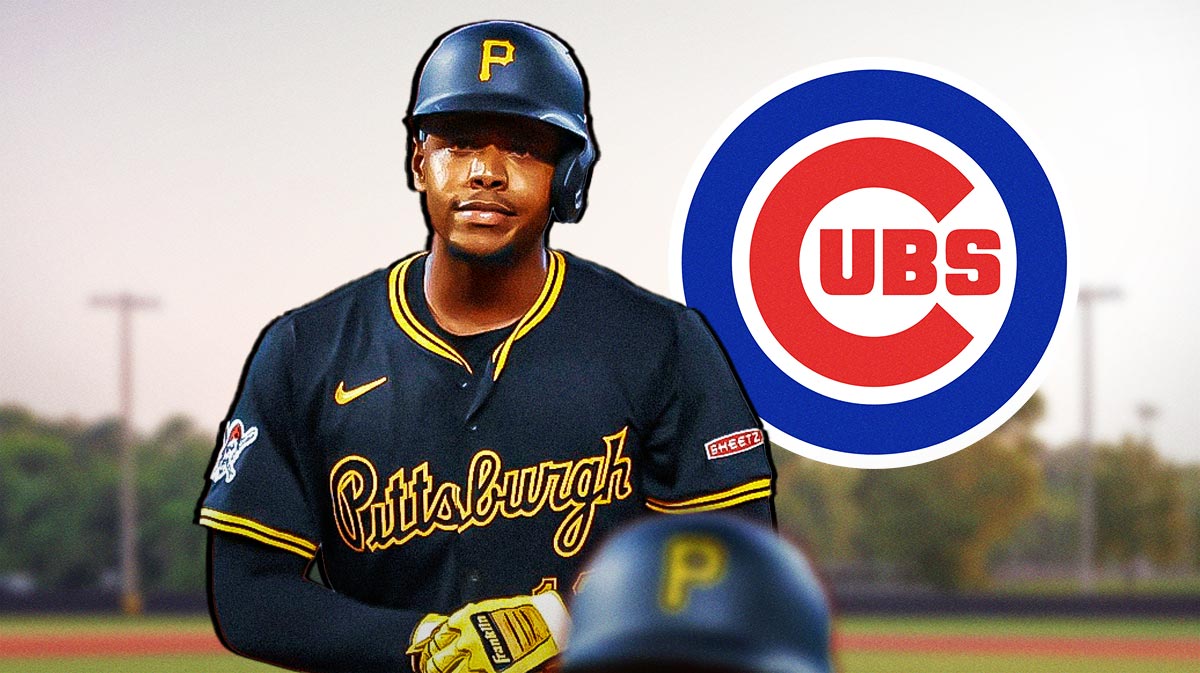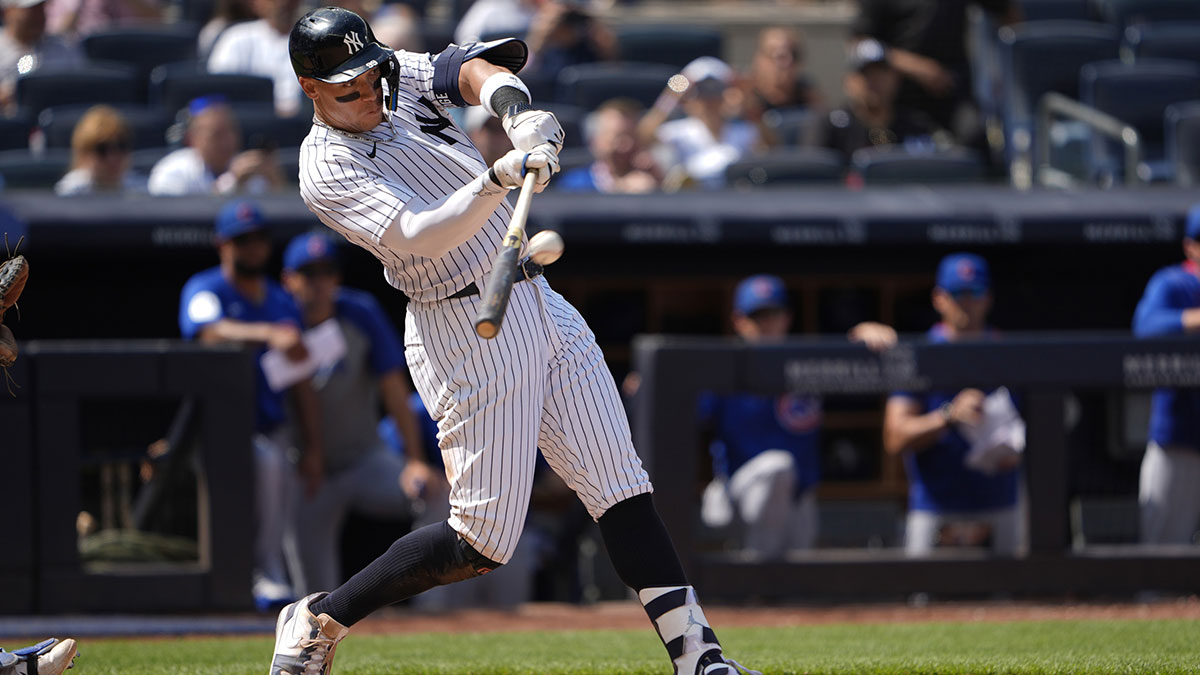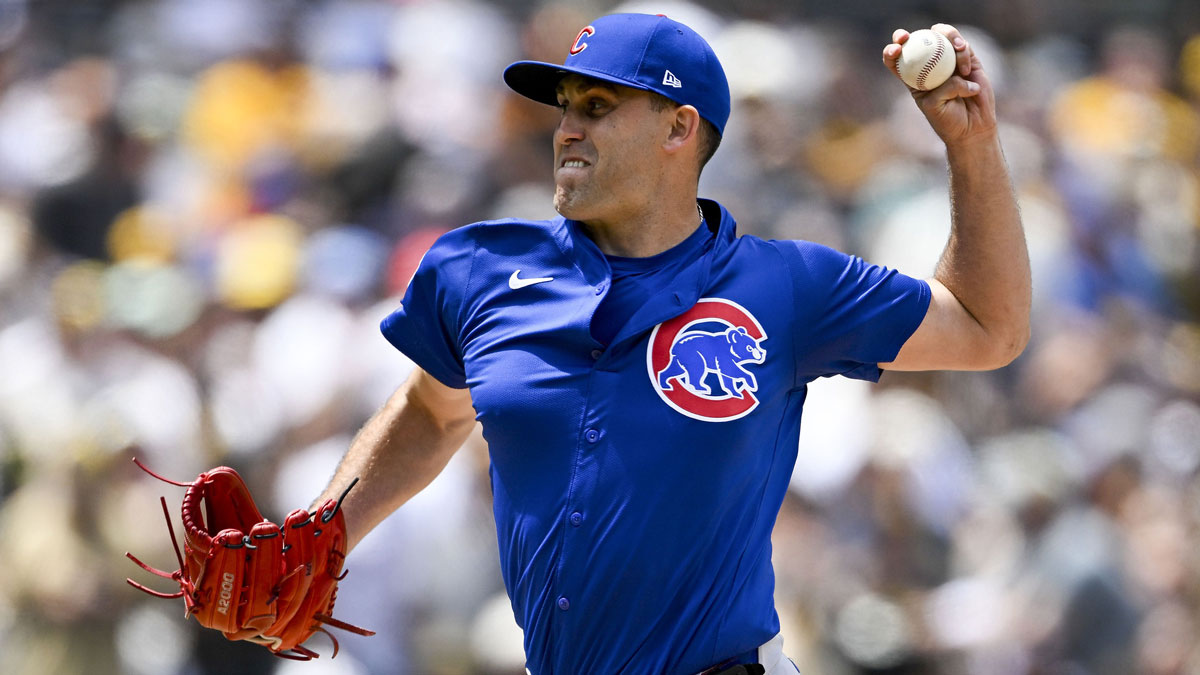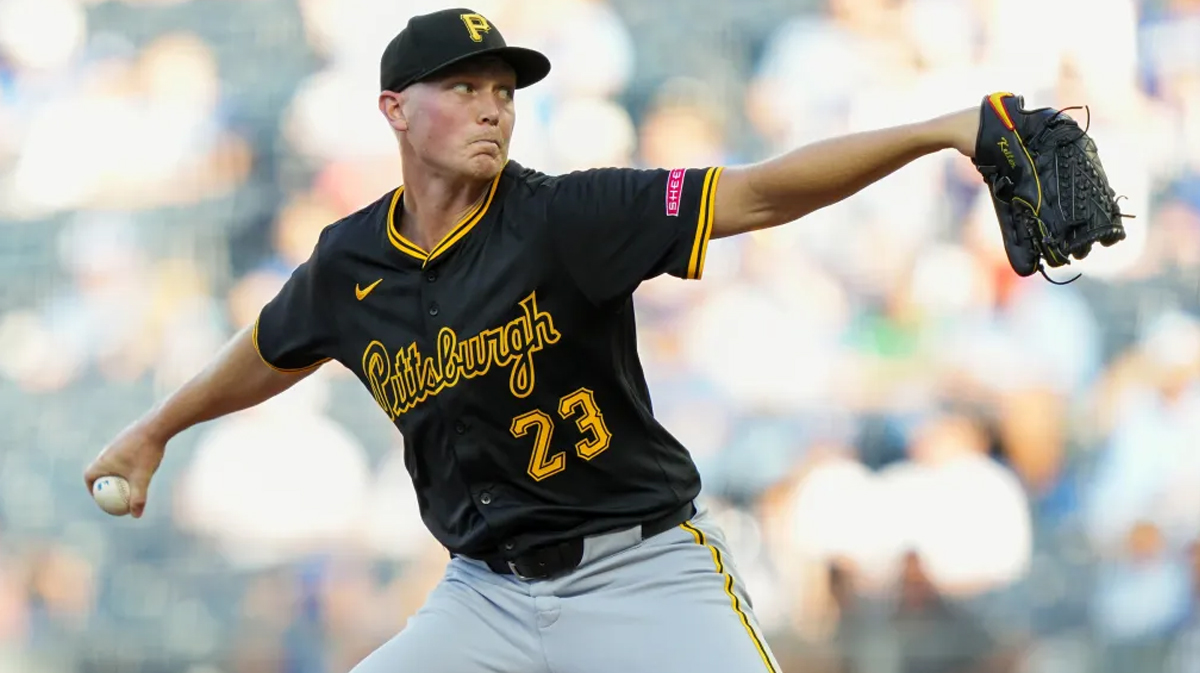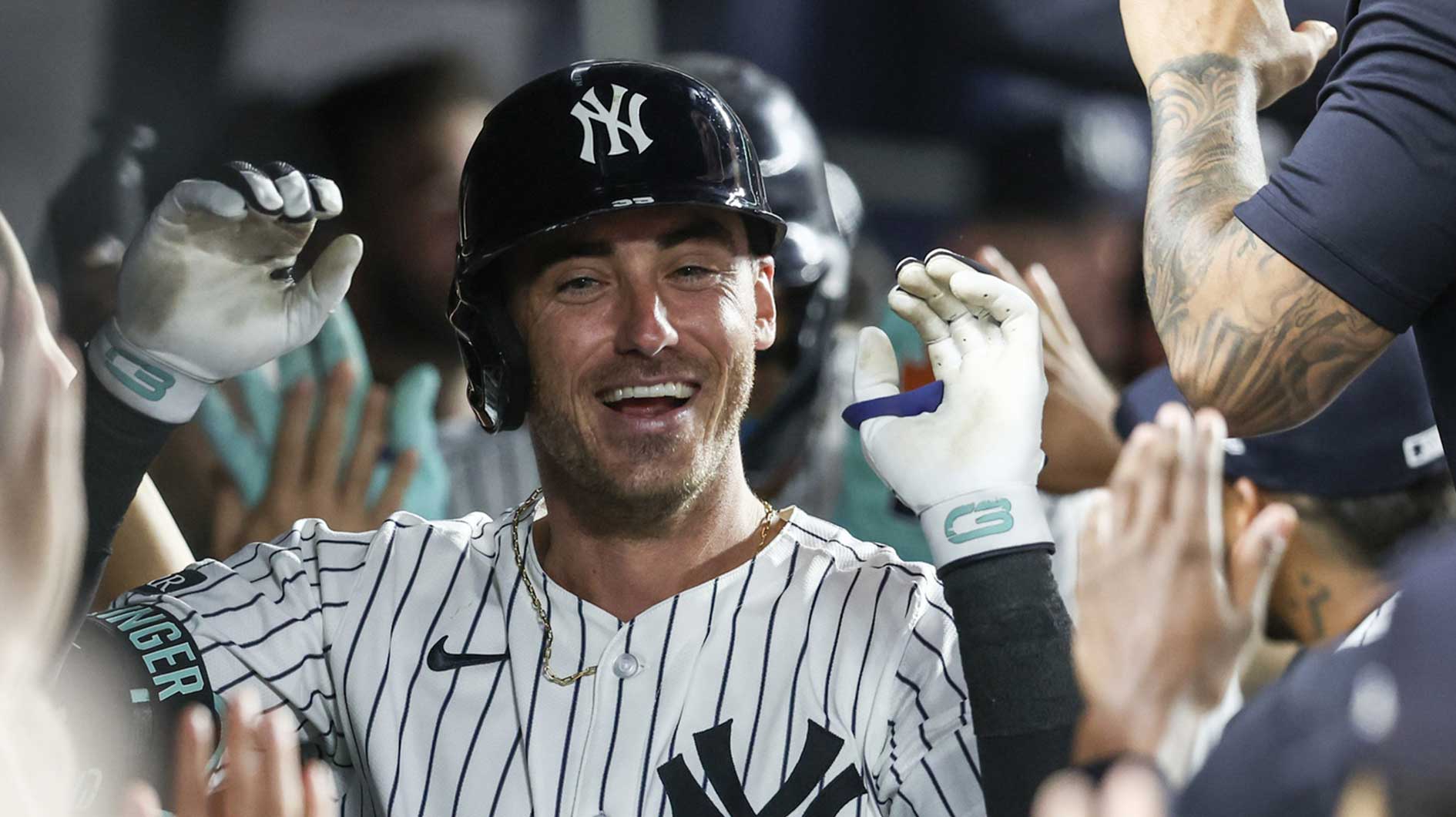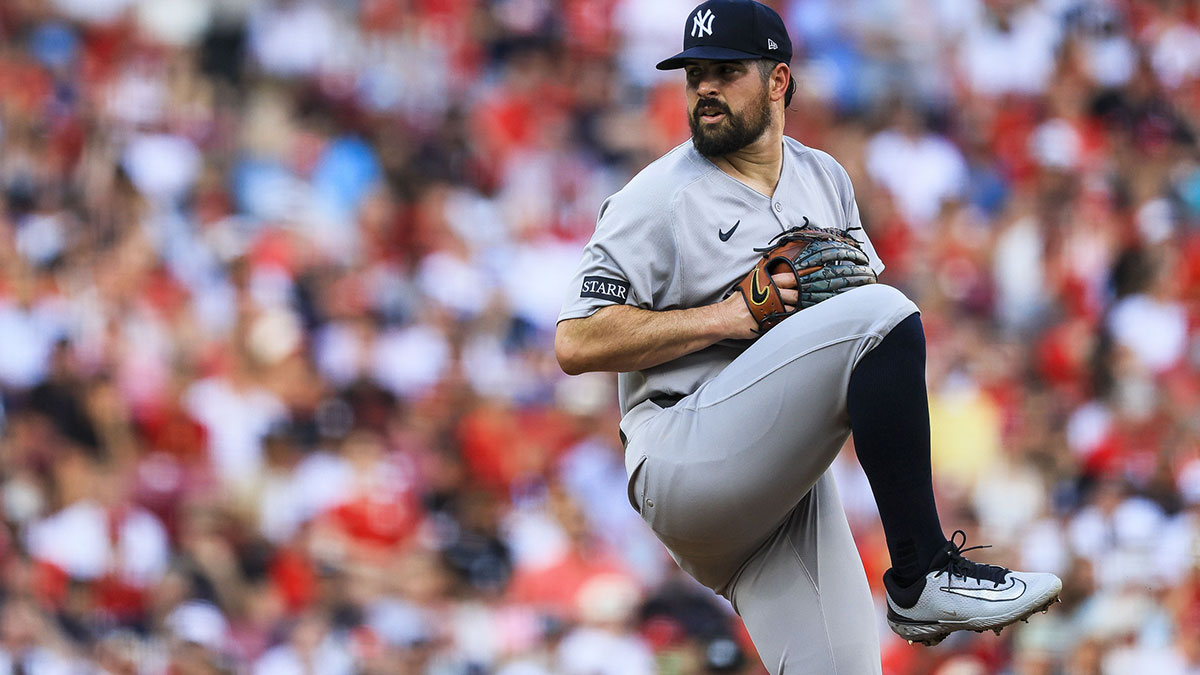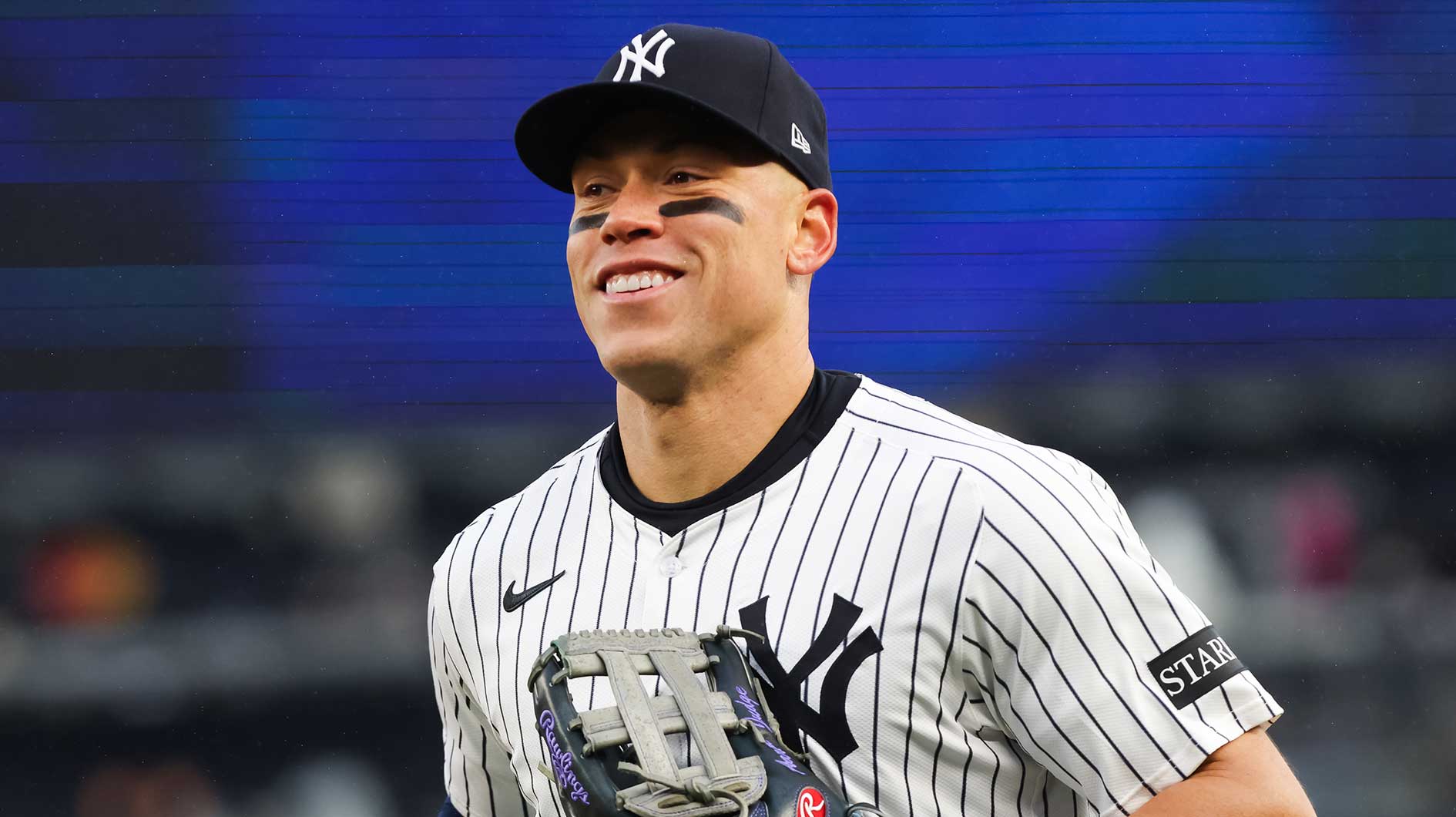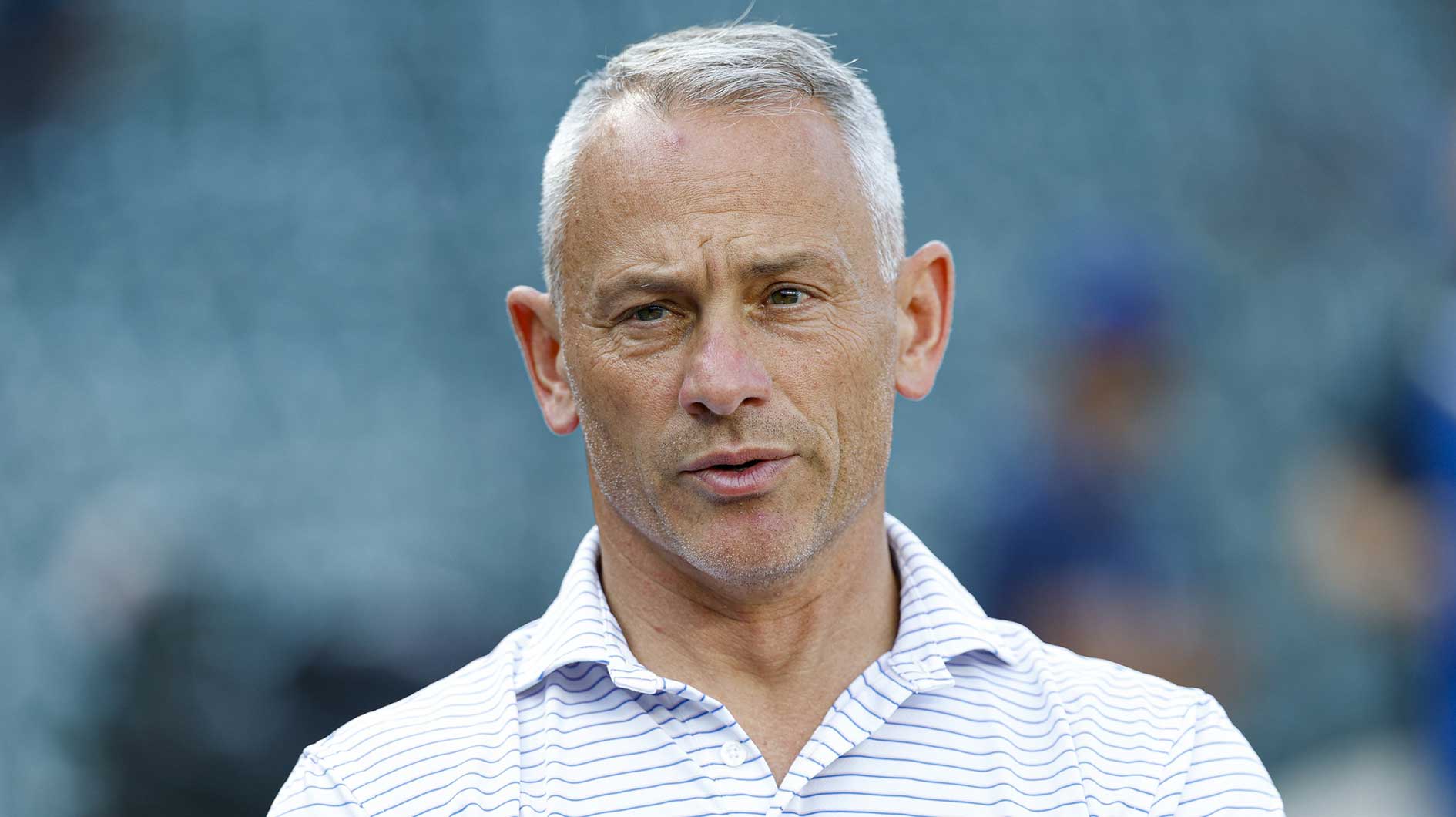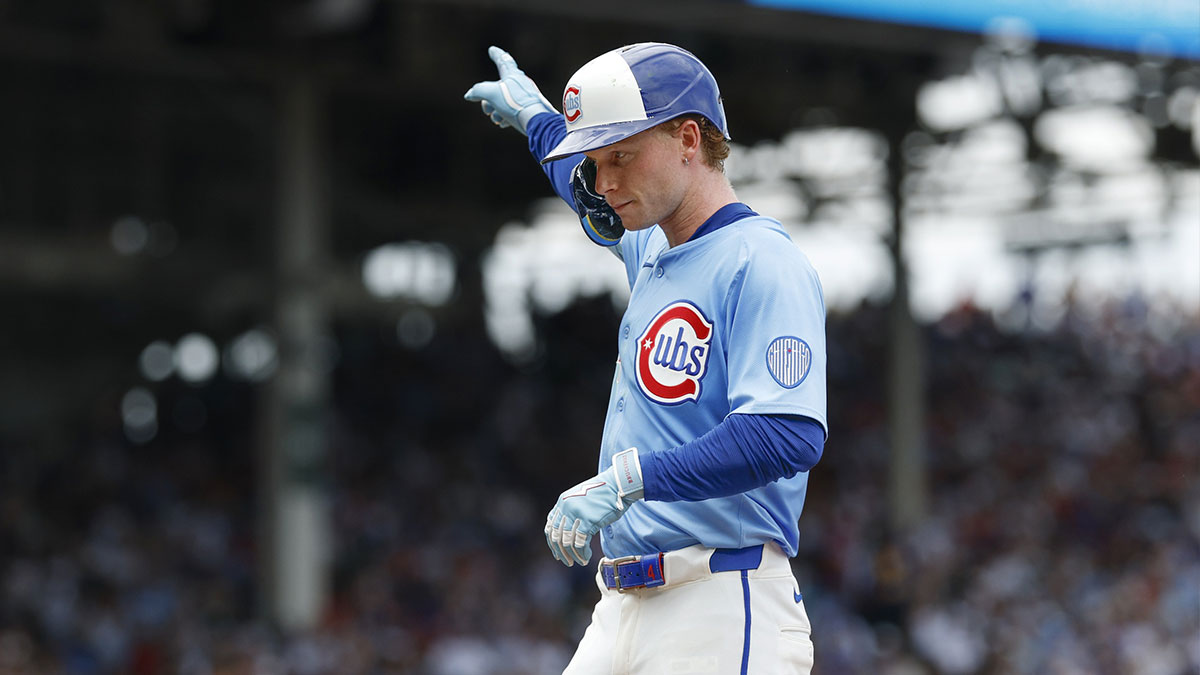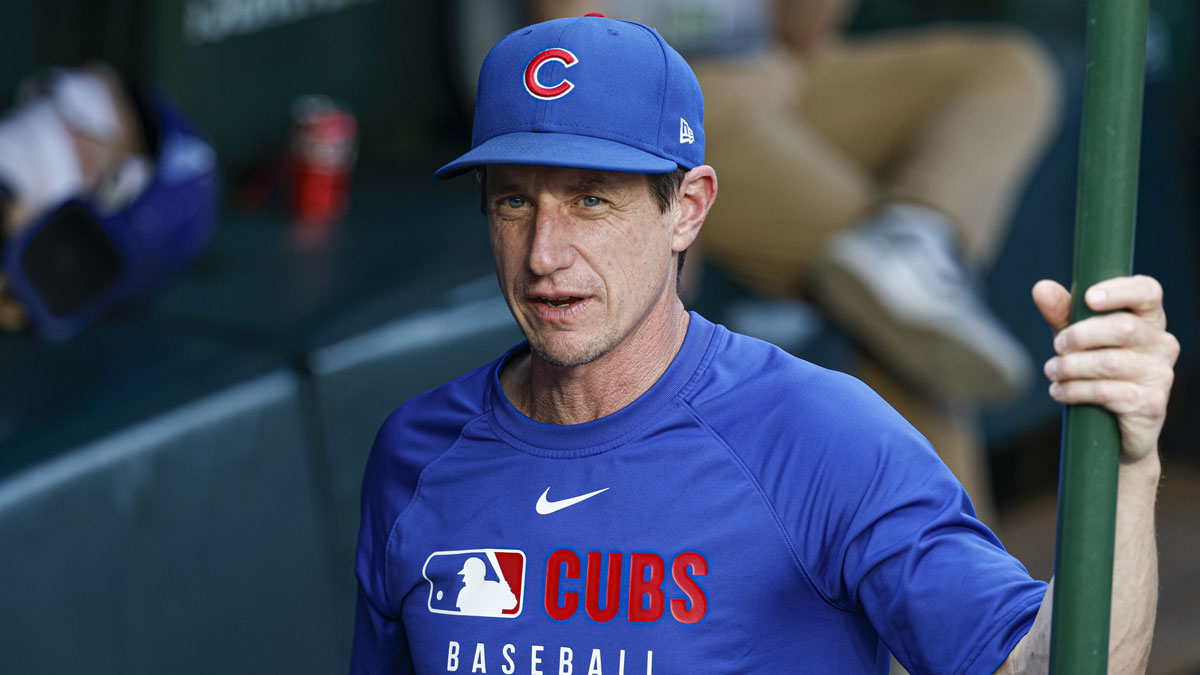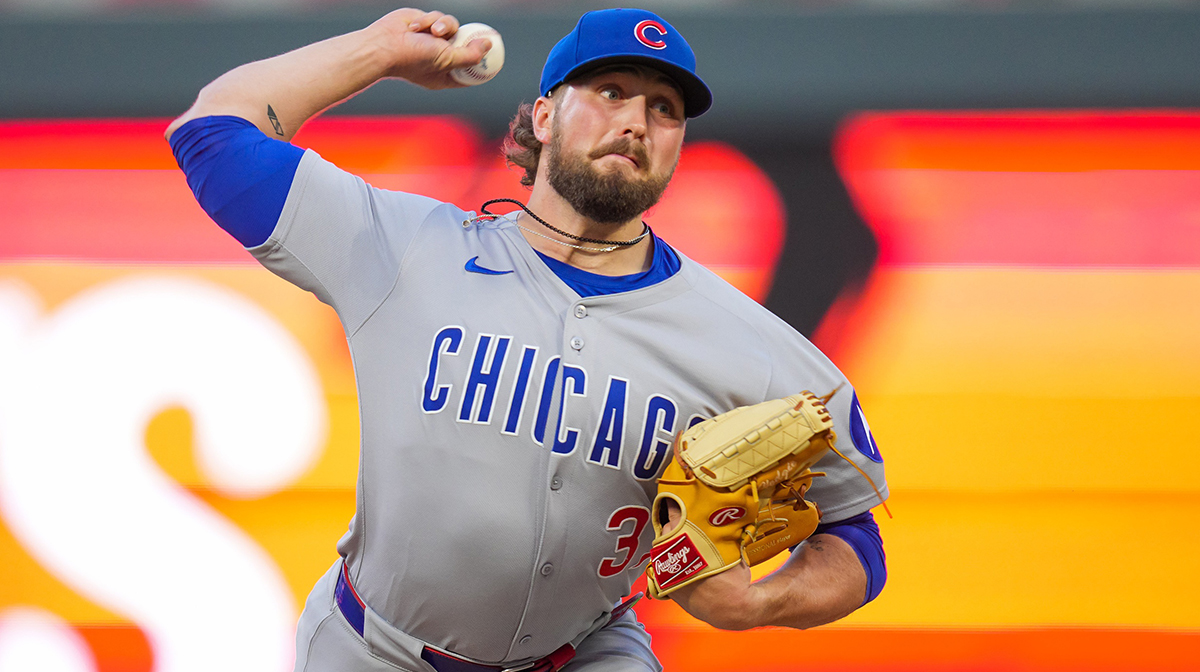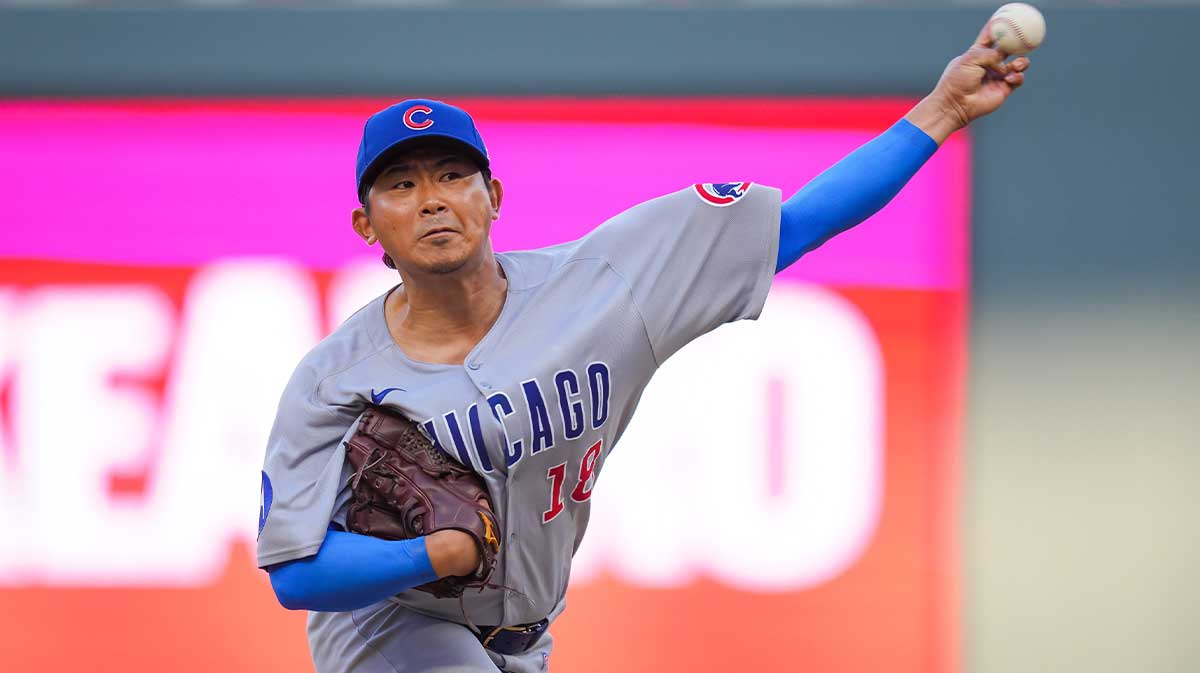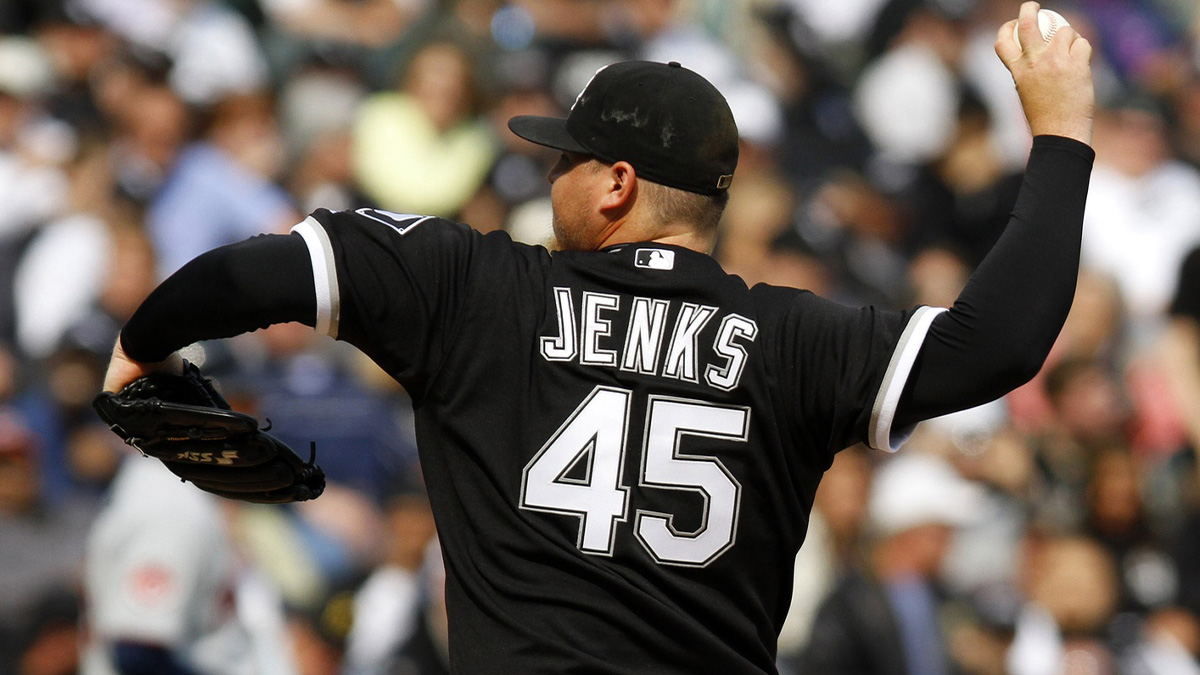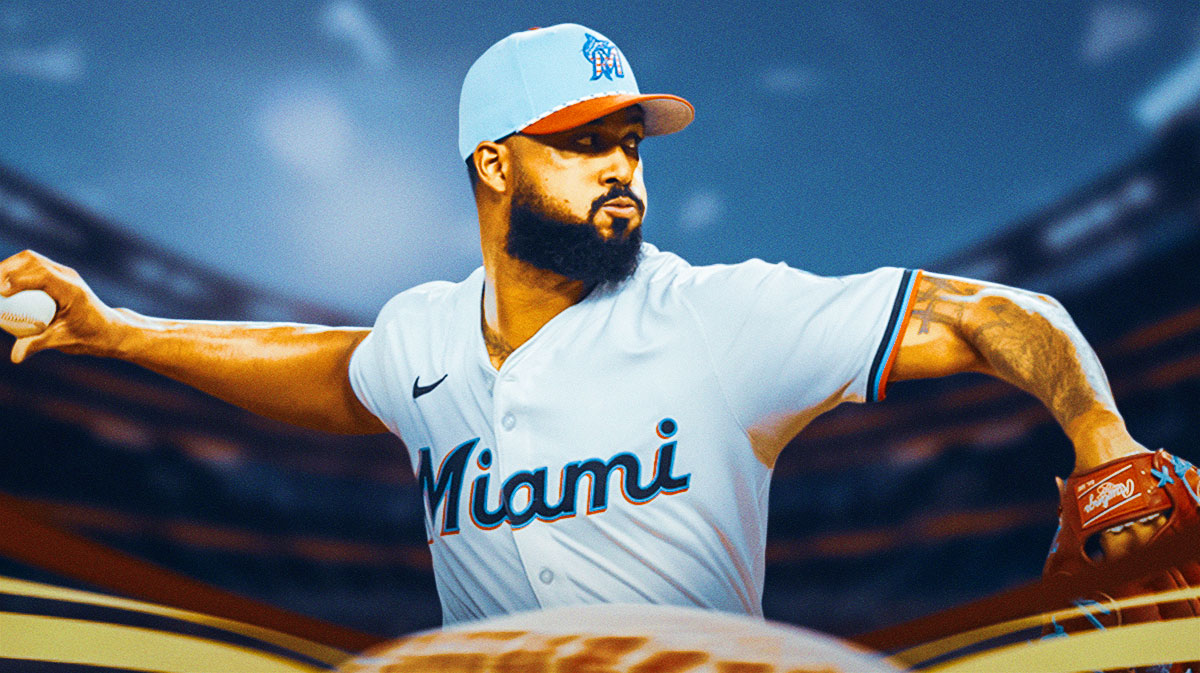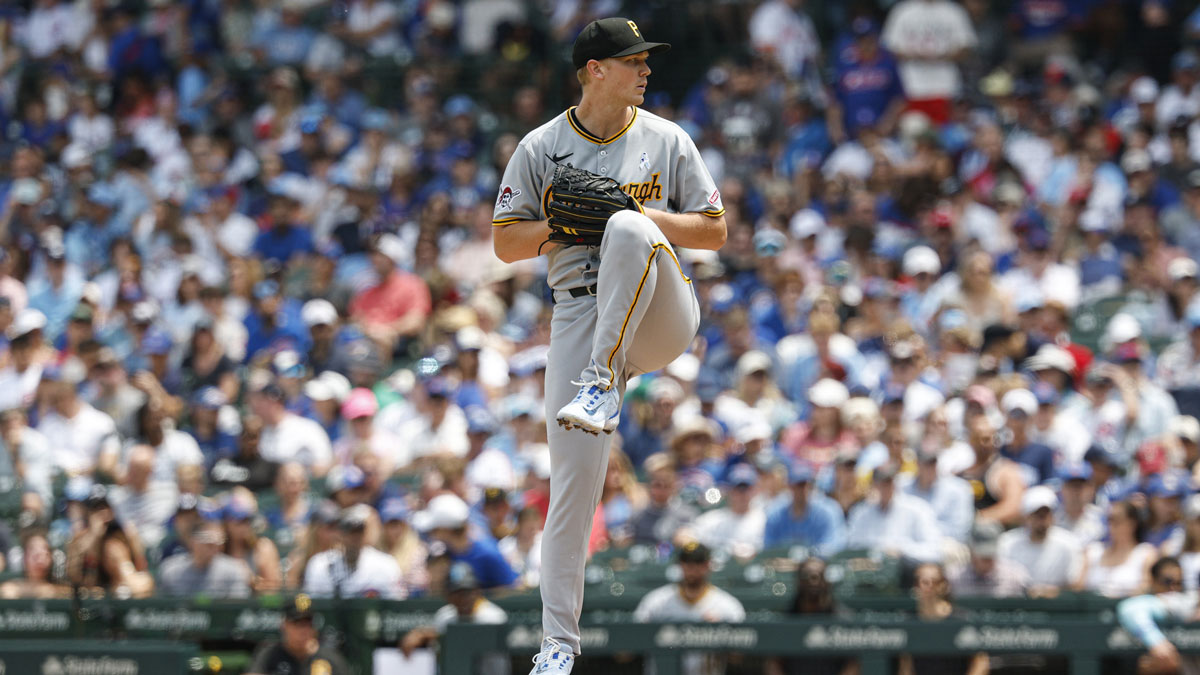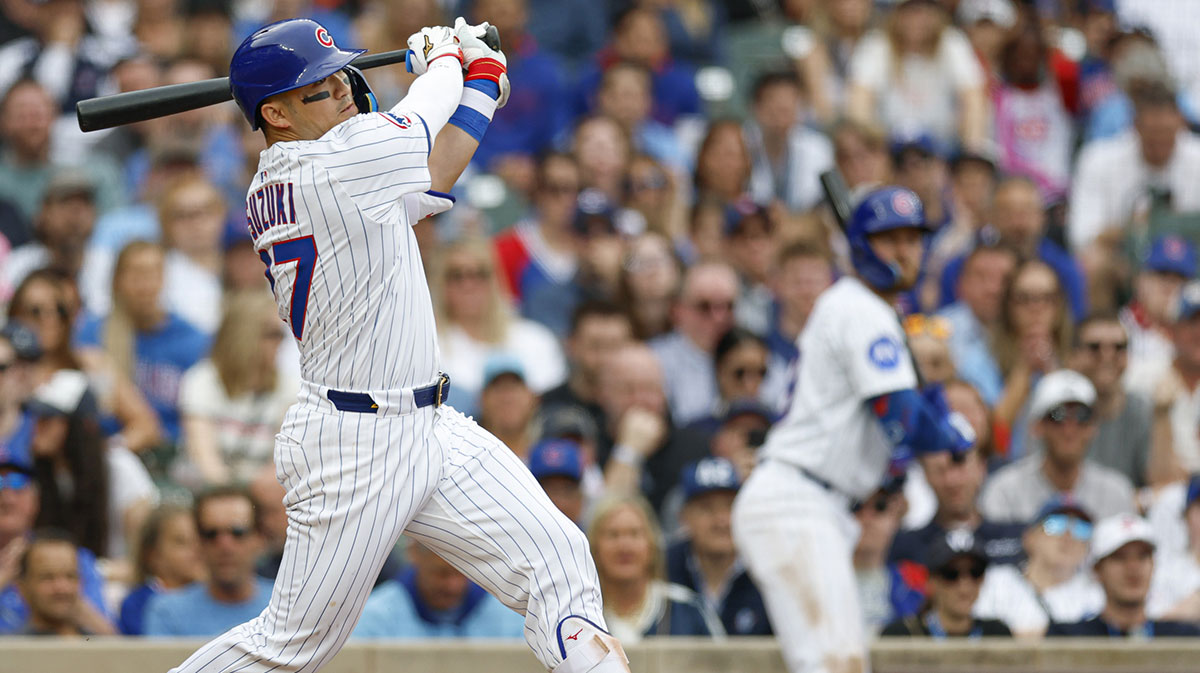If I told you that the active leader in saves and the career leader in ERA+ who was coming off of a 42-save season in 2019 remained unsigned in early June, would you have believed me?
Craig Kimbrel's incessant offseason demands for a long-term, lucrative contract in free agency put him in this position, but the Chicago Cubs put an end to his unemployment by inking him to a three-year, $43 million deal that can max out at $45 million.
For the Cubs, the deal could not get finalized fast enough. Due in part to injuries and ineffectiveness in the bullpen, Chicago ranked 28th out of 30 teams in terms of save percentage, with 11 blown saves on the season at the time of the signing. Additionally, team chairman Tom Ricketts and president Theo Epstein were facing added pressure in the wake of a very quiet offseason in which the bullpen unit was hardly addressed.
But bringing Kimbrel to the North Side of Chicago has eerily similar vibes to when the Cubs acquired Aroldis Chapman before the deadline in 2016. Like that fateful, drought-ending season, the Cubs really only seem to be missing a strong arm that can shut the door and protect leads in the late innings. So, let's start there.
Here are three reasons why Craig Kimbrel solidifies the Cubs as World Series contenders.

3. Lockdown closer
Brandon Morrow was terrific in the closer role during the first half of last season, converting 22 of 24 save opportunities and posting a 1.47 ERA in 30 2/3 innings. When Morrow went down with right forearm inflammation and a bone bruise that would eventually lead to elbow surgery, Pedro Strop was very good in his stead.
But Morrow's timeline is still somewhat uncertain as the Cubs continue to be cautious with his recovery, and even if he were healthy… he is not a true closer. Neither is Strop.
Both pitchers have good life to their fastball and a mix of breaking balls and decent off-speed pitches, but neither are the kind of strikeout pitcher that Kimbrel has been throughout his career.
Strop's K/9 last season was 8.5, while Morrow's was 9.1 Those are solid rates, but they do not hold a candle to the 13.9 K/9 Kimbrel posted last year, and that was the second-worst mark of his career in that metric.
Kimbrel has notched at least 31 saves in every single season since 2011 (his rookie year), topping 40 saves four times and leading the league with 50 saves in 2013. He may not be as dominant as he was in Atlanta, but he still posted a 2.74 ERA last year and a 1.43 ERA in 2017. For a guy that is on the “decline,” those are still eye-popping numbers.
The Cubs are hoping–as it was with Chapman in 2016–that signing Kimbrel will be the final big piece to the championship puzzle.

2. Added depth
Sure, Kimbrel is likely to be used almost exclusively in save situations, but he provides depth nonetheless. Any additional arm that can put in at least one or two innings of effective work is vital come October, and Kimbrel's ability to do just that will keep other Cubs relievers fresh.
This is especially imperative considering what happened in late August and September of last season. The Cubs had one of the best bullpen ERAs at the All-Star break, but they imploded towards the end of the year. Why, you may ask? Overuse.
Steve Cishek had asserted himself as a go-to setup man and reliable reliever in the middle innings, but he had already thrown over 61 innings heading into the final month, and posted a 4.15 ERA in September. Carl Edwards Jr. experienced a similar collapse, posting a 5.14 ERA in the final month and walking 12 batters in just seven innings of work.
Figure in a late injury to Strop and a lack of quality innings from guys like Brandon Kintzler, and you had a bullpen unit that was simply out of gas in the final month and heading into the NL Wild Card game against the Colorado Rockies (which explains why Joe Maddon used starters Cole Hamels and Kyle Hendricks when the game went to extra innings).
But adding Kimbrel to the mix gives Maddon some more flexibility and should spare some of his middle relievers from taking on late-inning relief in tight ballgames, as they have had to do repeatedly over the course of this season.
And in that regard…

1. Butterfly effect
Inserting Kimbrel as the closer has a drastic impact on the rest of the bullpen. Strop can move back into a more traditional setup role, one he held in 2016 in arguably his best season as a Cub.
Cishek and Brandon Kintzler can return to the middle innings, with Edwards in the mix as well. Mike Montgomery is still a long relief specialist, but he might become more valuable given Chicago's utter lack of effective left-handed pitchers. Brad Brach can be used more sparingly. The list goes on.
Going with a “committee” look is not only taxing mentally, but also physically because of how often guys like Cishek have been asked to pitch in consecutive games, especially with Strop just returning from the Injured List.
Now, the Cubs have an answer at closer. And they certainly have gotten “World Series serious.”

